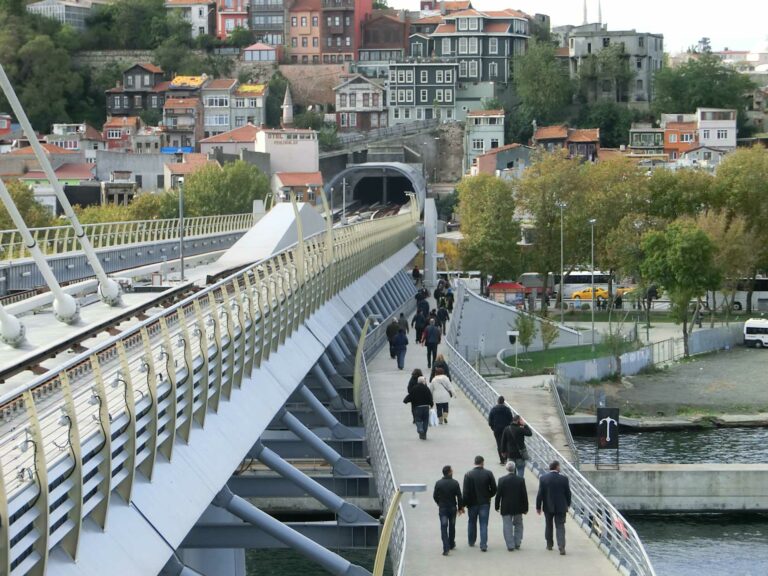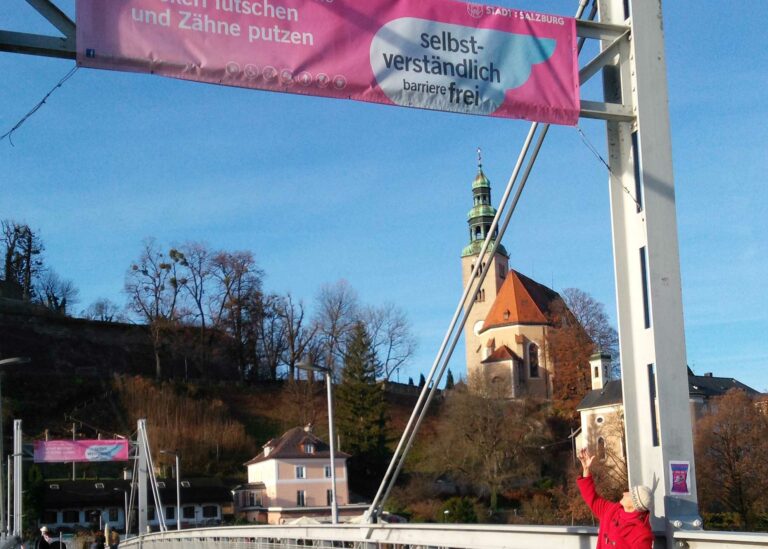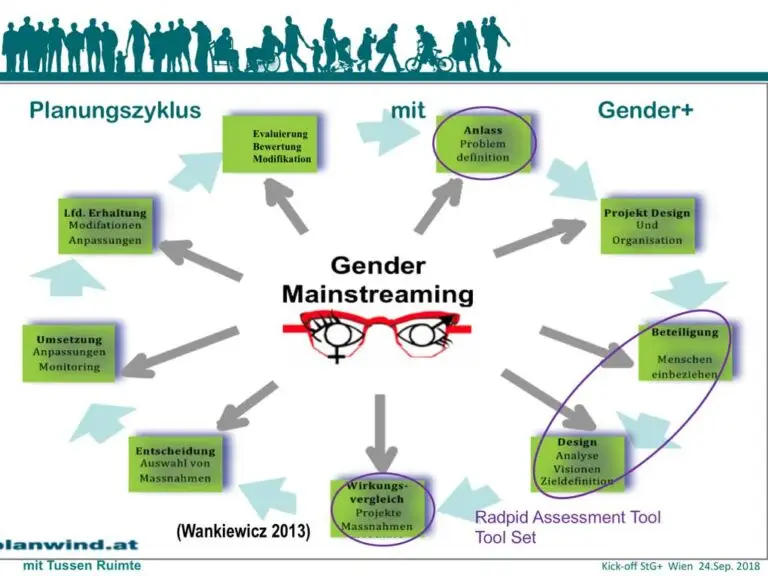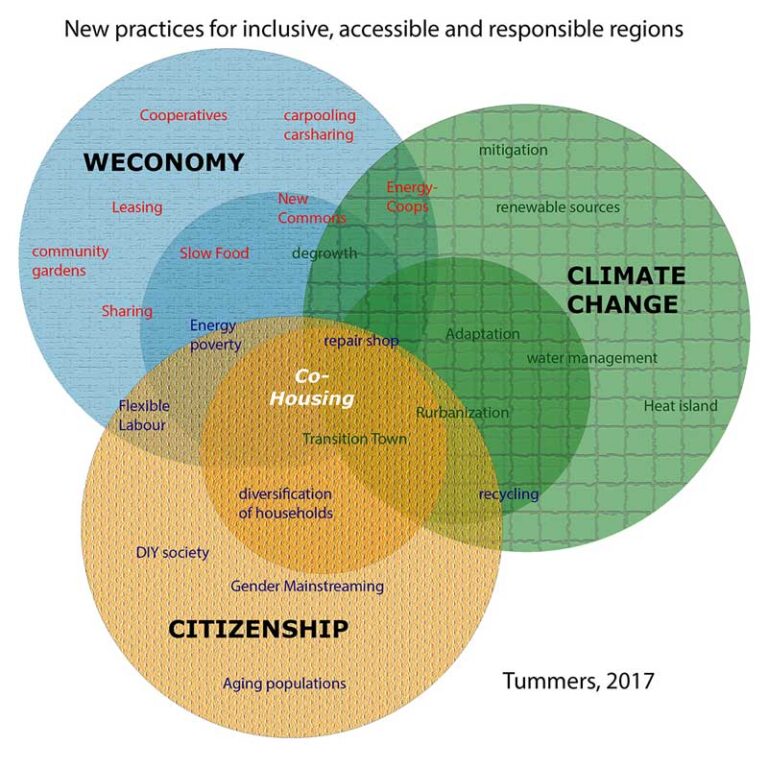Integrated regional development
The essence in the idea of the “city of proximity” (Dörhofer & Terlinden, 1985, nowadays known as “walkable city”) is offering accessible infrastructure for daily needs. This involves considerable planning challenges, particularly in suburban and rural settings. People move beyond their neighborhoods to commute, care for family and to engage in socio cultural networks. Therefore, we are especially interested in integrating housing and mobility strategies, as well as connecting rural and urban areas.
We offer planning instruments and studies that help to provide “room for every(-ones) day” for a diversity of user-groups.


Fair shared cities
Departing from an intersectional gender perspective, we aim to design spatial conditions for an equal access to urban resources, and a fair sharing of space and time. Our planning focus lies on a gender just distribution of care work.
See for example Infosheet 2 and 6.
This implies:
- user-orientated urban and regional infrastructures of everyday life
- accessible and climate neutral mobility offers and housing models
- energy transition and sustainable / low impact housing engineering
Non-sexist community of practice
inclusive planning and governance of spatial development.
See for example infosheet 5 and 9.
To create a non-sexist CoP, Corrina follows four key principles::
- Conceptual: The systematic interlinking of the two SDG goals of gender equality (SDG 5) and sustainable urban development (SDG 11)
- Research design: The consistent integration of gender aspects into all phases of research projects. From data collection to the conclusion and evaluation, defining research gaps
- Diversity of actors: To perceive the diversity of residents and users of future smart cities and smart countryside in their everyday lives and life plans. We activate relevant groups as actors and as (co-)developers in planning and research projects
- Implementation and project-management: Our ethics in collaboration aim for non-stereotyped assignment of roles and tasks and respectful handling of a wide variety of sources. We use inclusive (at least non-discriminatory) language, communication and opensource media.


